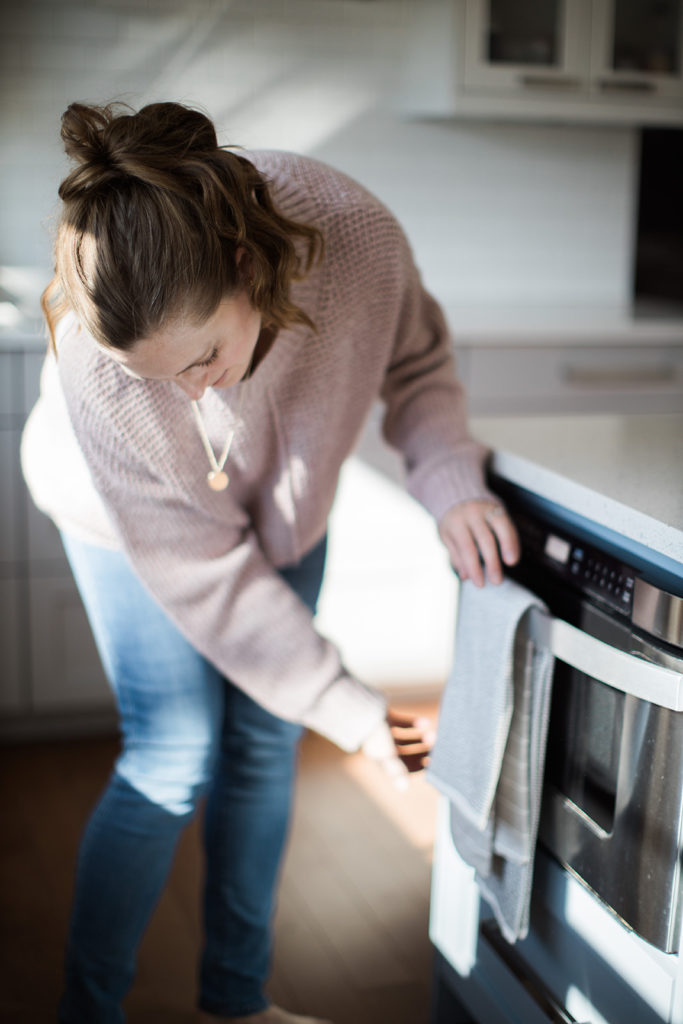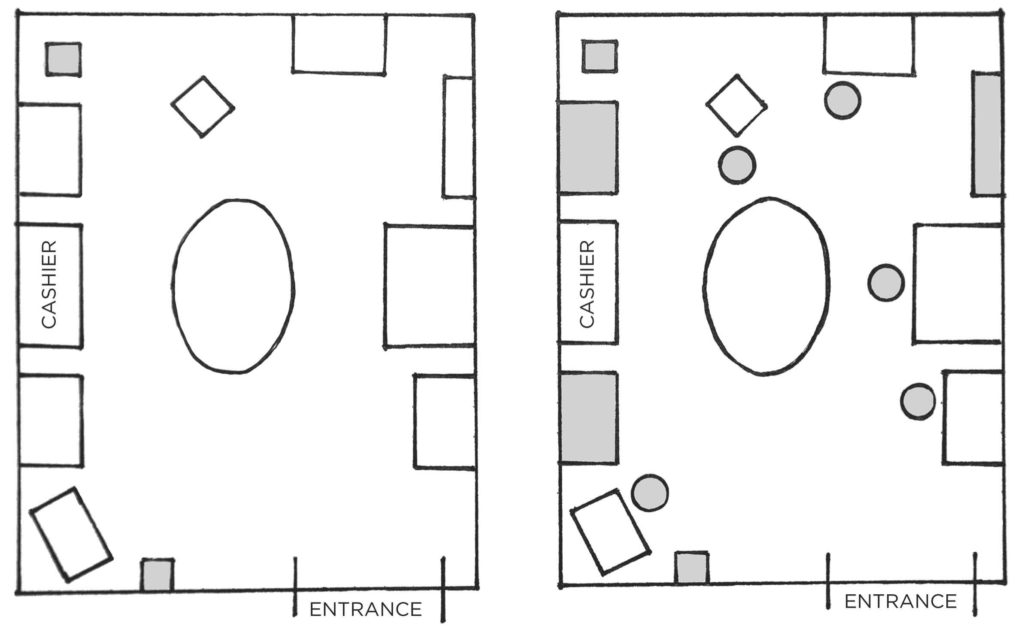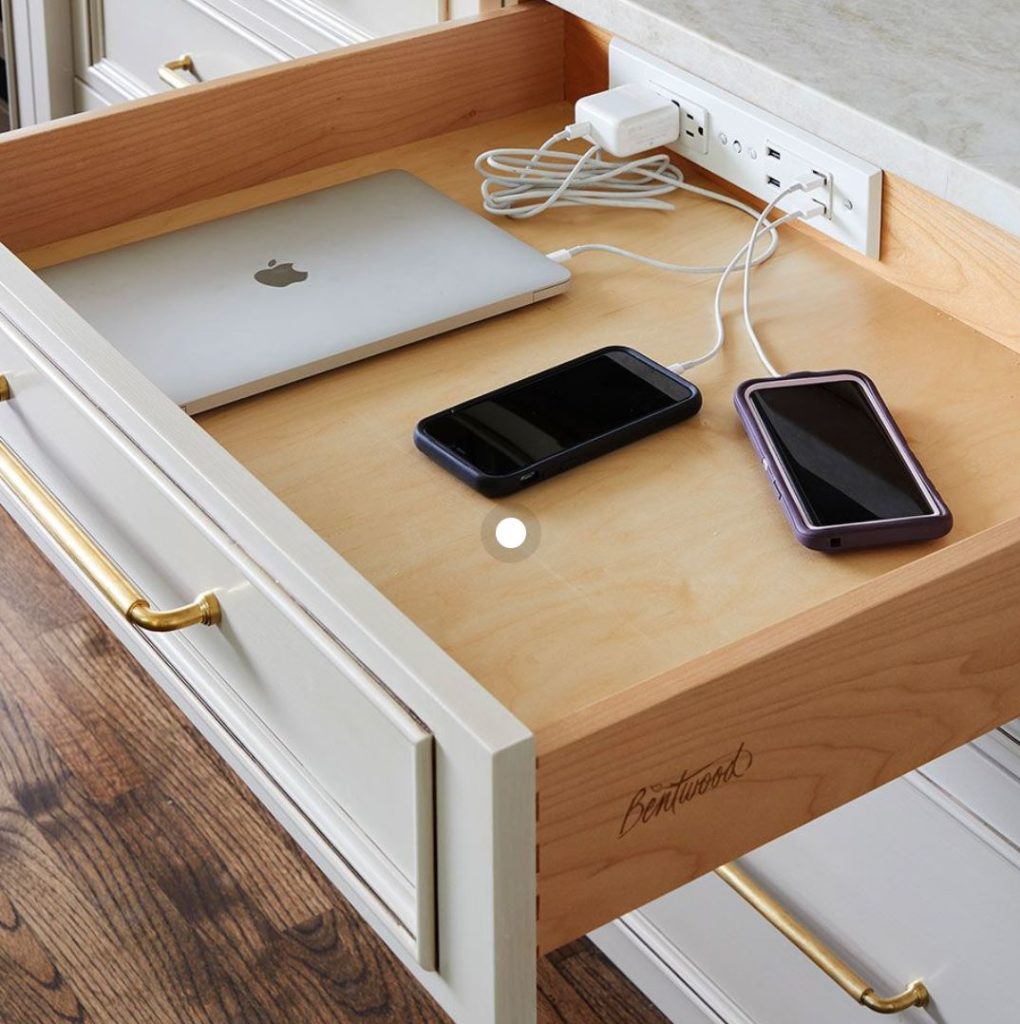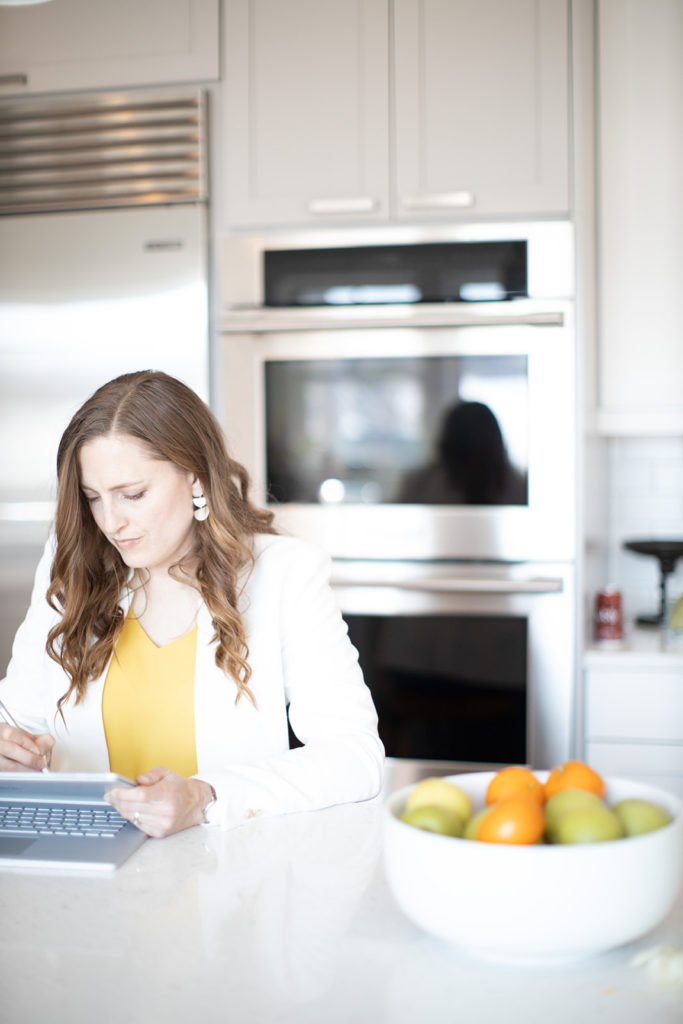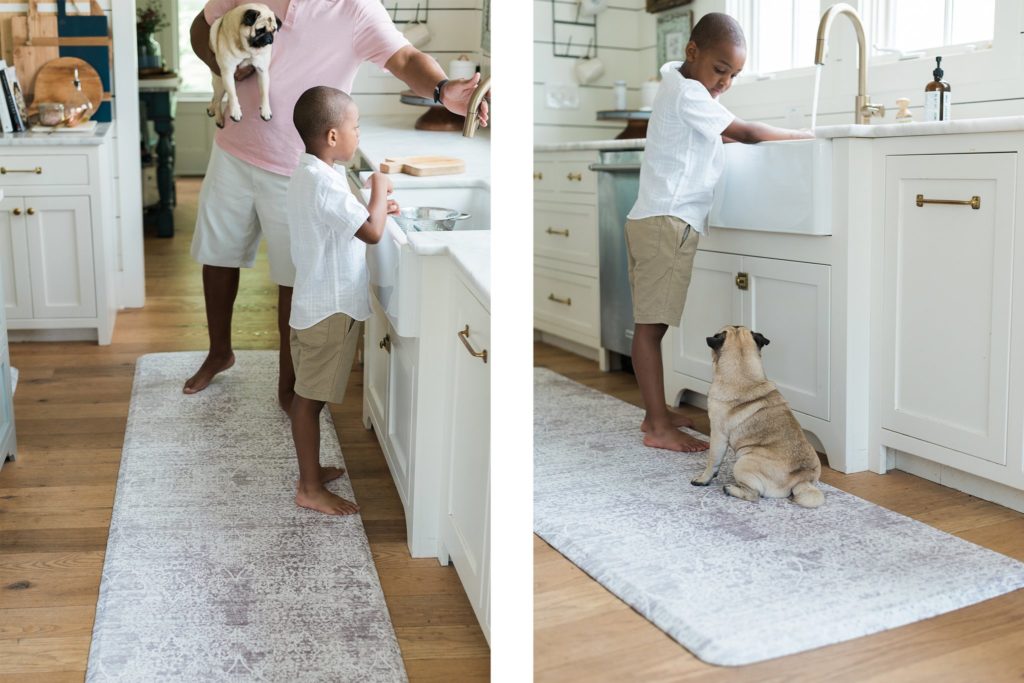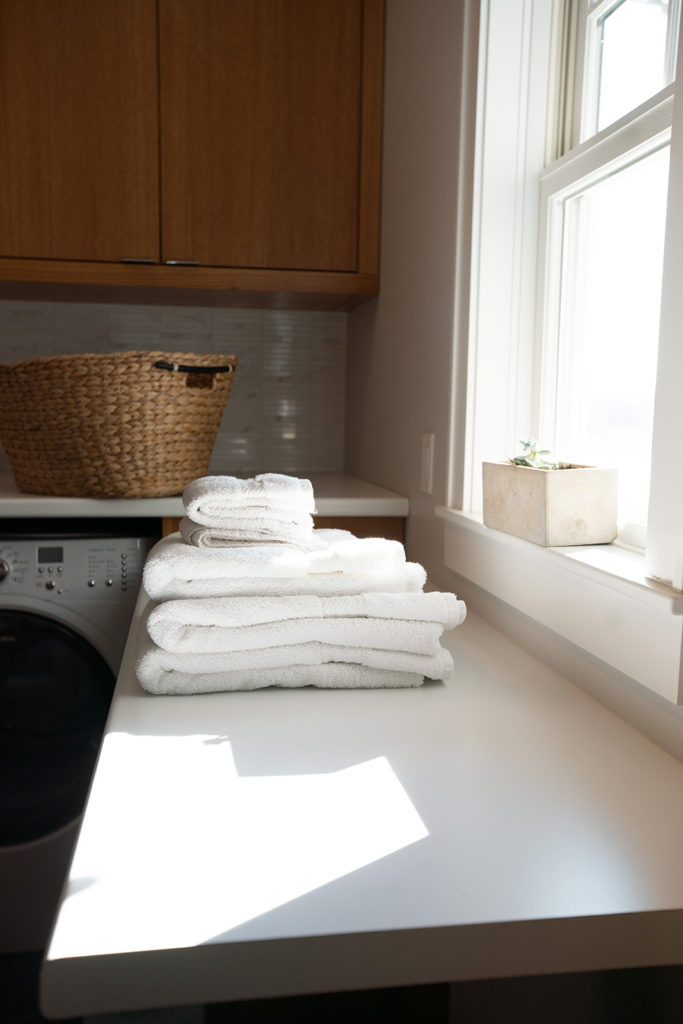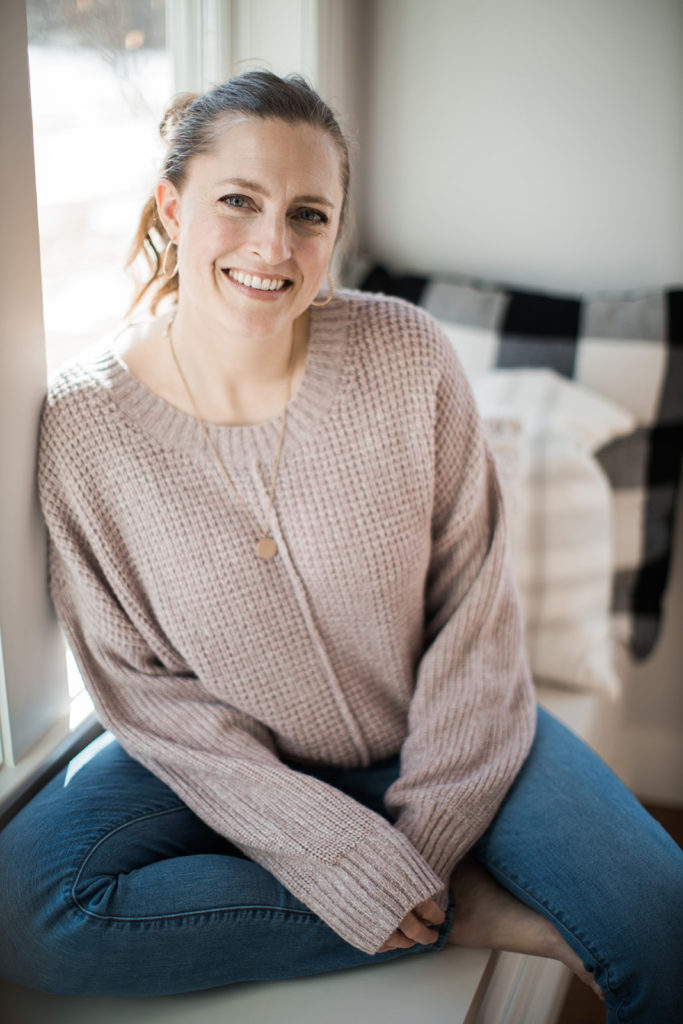It’s no secret that January typically ushers in lots of conversations on healthier habits in the upcoming year. Since my realm is design, I wanted to talk about what we can do to create healthier homes that are designed to help you thrive.
There are a lot of factors that come into play when we consider what it takes to design a healthier home. We can look at the materials that you touch, the air you breathe, as well as the ways your home affects your habits like what food you consume, how much you move, and how well you can connect and rest.
Today, I’ll be starting off the Healthier Home Series by talking about how you can design your home to promote healthy habits. A lot of what you’re going to read today is simple, inexpensive shifts that you can make in your surroundings to help encourage yourself in your pursuit of your wellbeing.
I’m also planning future posts in the Healthier Homes Series, where I’ll be sharing ways we can make healthier / more sustainable material selections, improve air quality, and provide simple solutions to make your home safer and more accessible to those with limited physical mobility, like kids or aging family members.
Healthier Homes : Shaping Your Space to Shape Your Habits
I’ve been reading a book this month called Atomic Habits. I’ve known for a long time that our spaces shape our behavior, but I loved how this author also tied our spaces to our habits.
In the chapter entitled “Motivation is Overrated; Environment Often Matters More”, the author shared the example of an experiment in a hospital cafeteria, where they altered the “choice architecture” to make the healthier beverage option (water) more accessible. Without reducing the amount of soda offered, they were able to increase sales of bottled water by 25% by simply placing water in more locations where people would see and notice it. Strategic placement led to healthier choices.
“…many actions we take each day are shaped not by purposeful drive and choice but by the most obvious option.” – J. Clear. If our “environment is the invisible hand that shapes human behavior”, then how can we set our homes up for success?
Make the healthier option obvious and easy
“Every habit is initiated by a cue, and we are more likely to notice cues that stand out.” -James Clear.
Visual cues are the greatest catalyst of our behavior” because our brain is more dependent on vision than on any other sense. A cue is something that prompts or reminds you to do the thing you want to do.
A cue needs to be located where you will see it.
Some ideas for how you could do this
Habit: Read More. Put a bookshelf or a small end table next to a comfy chair in your living room. Make sure you keep your book out where you will see it, so you can remember to pick it up instead of turning on the television or grabbing for your phone. Keeping books in a closet isn’t going to encourage you in the habit of reading.
Habit: Reduce Screen Time. Remove the cue (the device). One way you could do that is by installing a docking drawer. I’ve suggested this to a few clients and I would love to have one, too!
Habit: Pray. Set up a prayer chair, complete with soft blanket, and maybe a side table for a journal. Place it in a quiet space where you will see it and remember that’s where you and God spend your time together. I talked about the idea of Strategic Solitude in a previous post if you’d like to read more about why quiet spaces are important.
Habit: Healthy Snacks. A simple thing I’ve done since my kids were toddlers is to keep a bowl of fruit on our kitchen table. It’s a visual invitation (cue) to eat. Same goes for a pan of bars on my counter! 😉
Habit: Sleep better. Design your sleep environment for sleep success. Blackout drapery panels keep out light from street lights and passing cars. You can also adjust the temperature level to promote better sleep. Most sleep experts consider 60-67*F to be ideal for sleep. Of course, looking at your mattress and bedding are worthwhile, too.
Make the habits that feel like a chore more pleasant
Meal Prepping & Planning
I don’t meal prep much, but I do meal plan. I don’t like hunting for new recipes each week, so I have a cheater binder with all of our family’s favorites. This binder has evolved over the years, but I like having a go-to. I meal plan and make my grocery list from our family favorites while I’m in the kitchen. If you’re into meal prepping on the weekends (or just spend a lot of time on your feet in the kitchen), you could consider purchasing an antifatigue mat to take the pressure off of your back & legs. (The photo below shows a nice-looking option!) You could also invest in tools to make prep go faster. Of course, looking at your kitchen layout affects ease and speed of food prep, too.
Laundry
Doing the laundry is an important part of having a healthier home, too. A pretty laundry room can go a long way in making that a more enjoyable experience. I “splurged” a little on a pretty backsplash in my laundry room because I knew I would get to enjoy it on a daily basis…and I do! You also want to think about how your laundry gets processed and how you can make it more efficient. Even if your laundry room is pretty, you’ve got better things to do, so I want you to get out of there quickly!
Exercising
New workout clothes help me look forward to working out. (Setting your clothes out the night before is a visual cue!) How much more encouraging would an actual workout room be? What would you need for your workout room to entice you to use it?
Think Small when working on your Healthier Home
In 2021, the goals that I’m focusing on are more process-oriented than result-oriented because I know that results come from habits. Looking at what I need to do right now helps me focus on the next right thing for today vs. feeling overwhelmed or discouraged about how much ground I still need to cover. I just need to make sure I’m pointed in the direction I want to go and trust that I’ll get there eventually.
Maybe you can start small too. Tackle one small habit at a time and use your surroundings to help set you up for success! I look forward to seeing you next time when we’ll continue this conversation on Healthier Homes!
